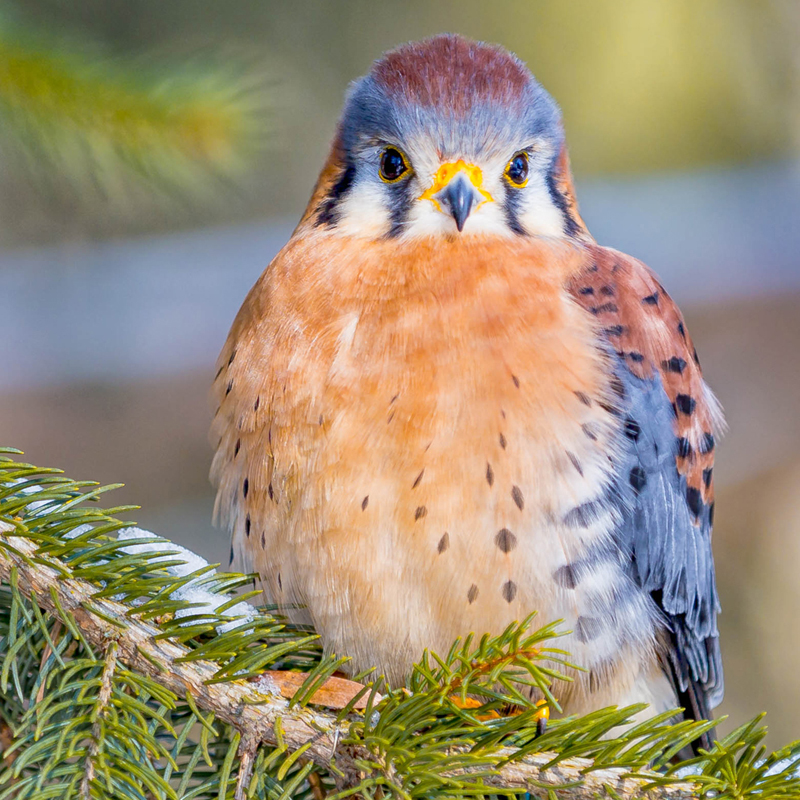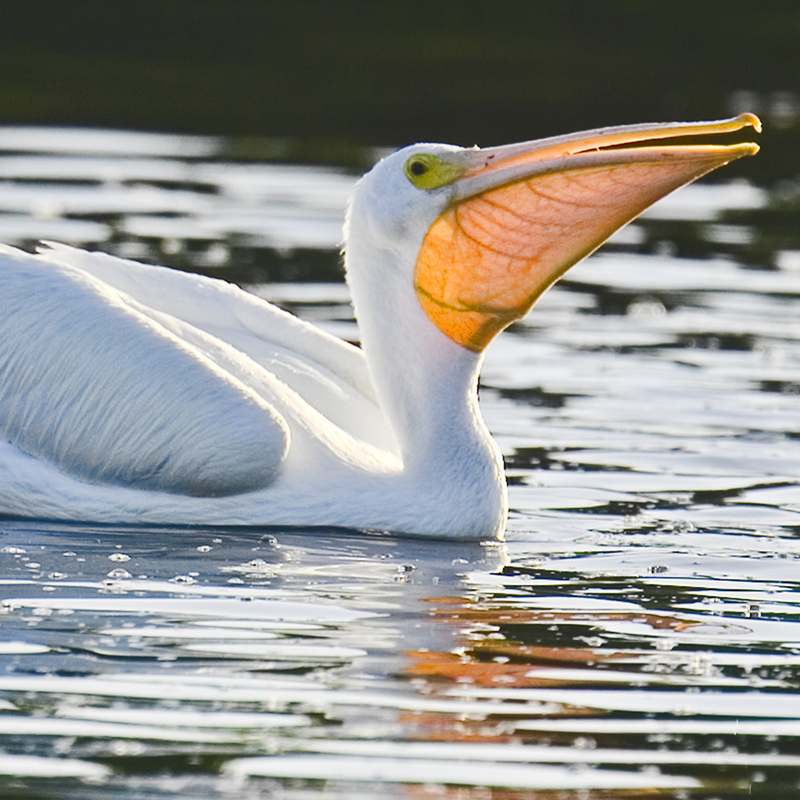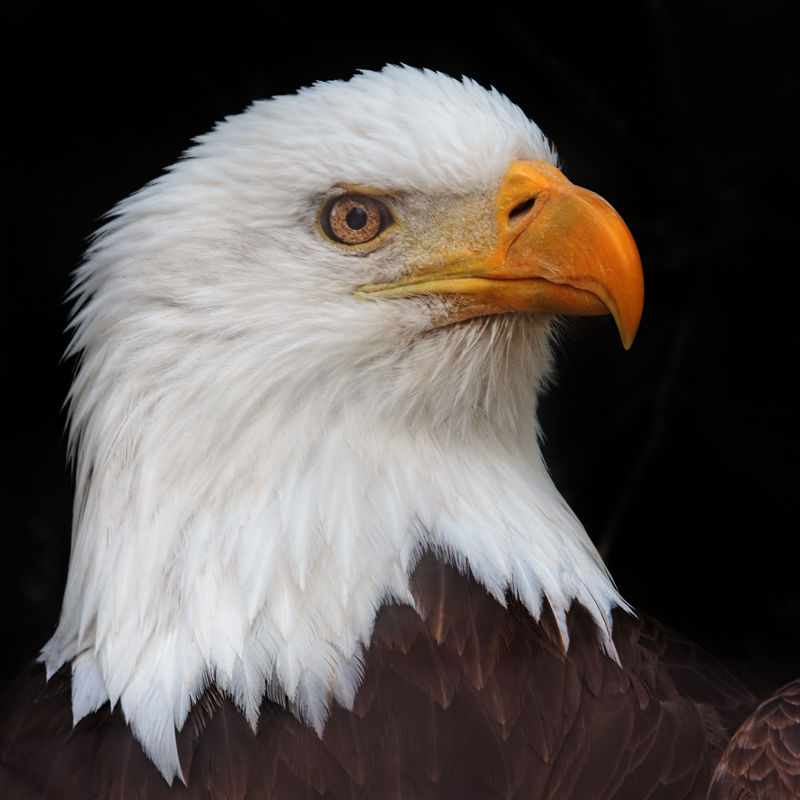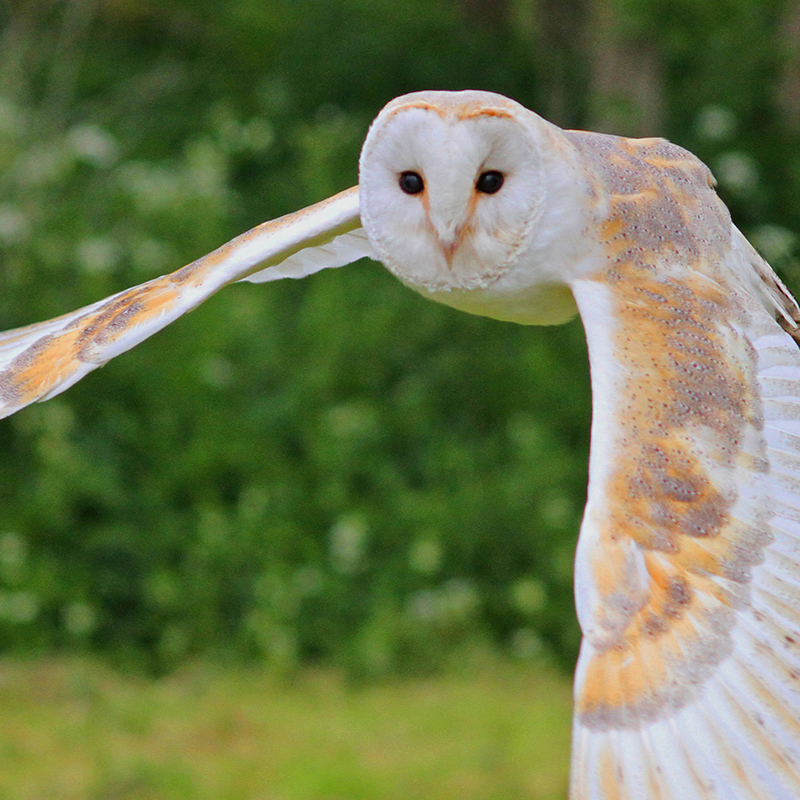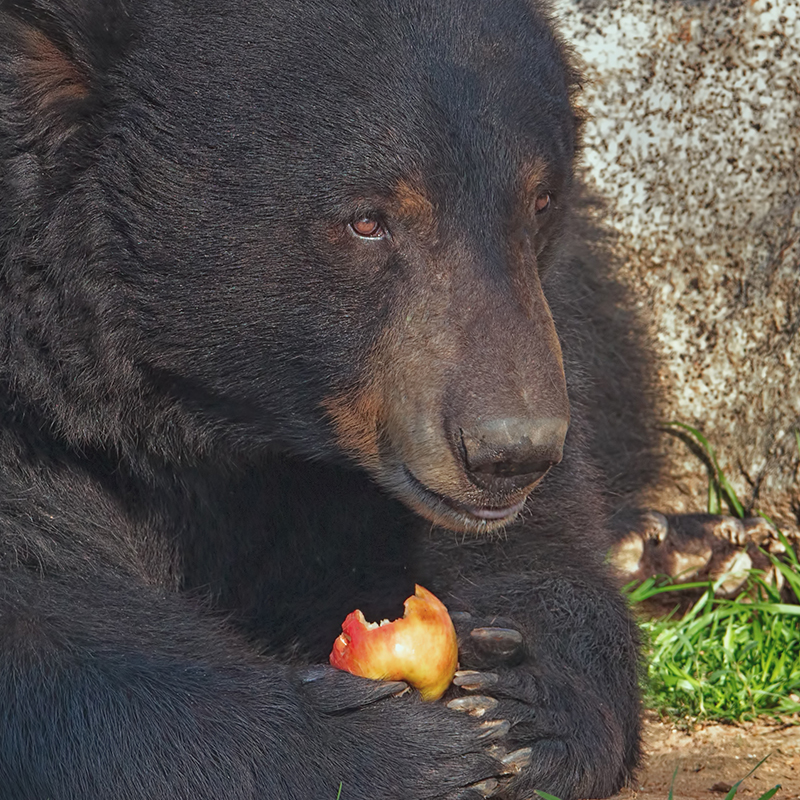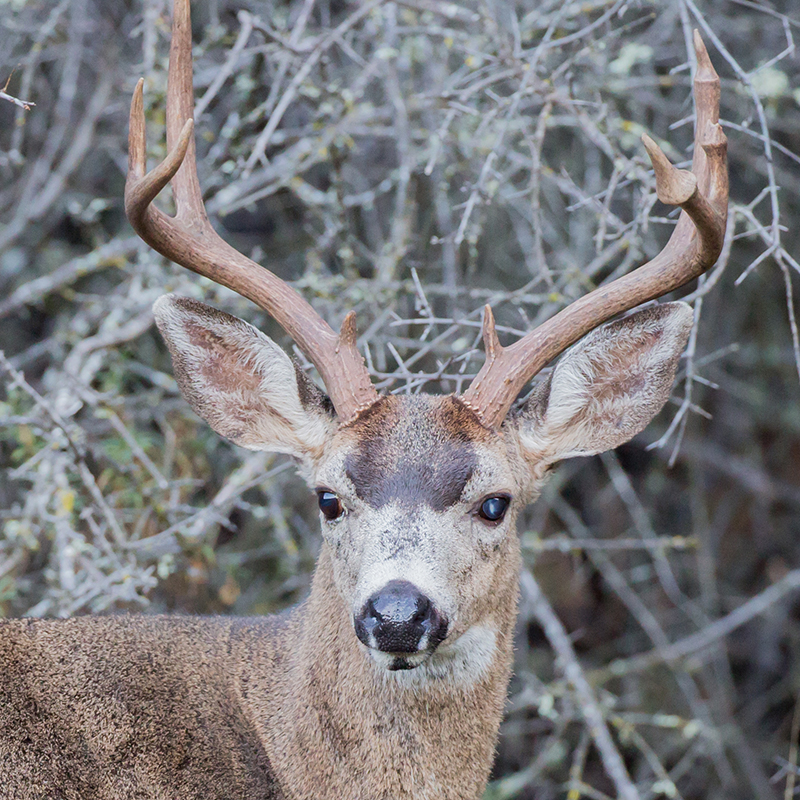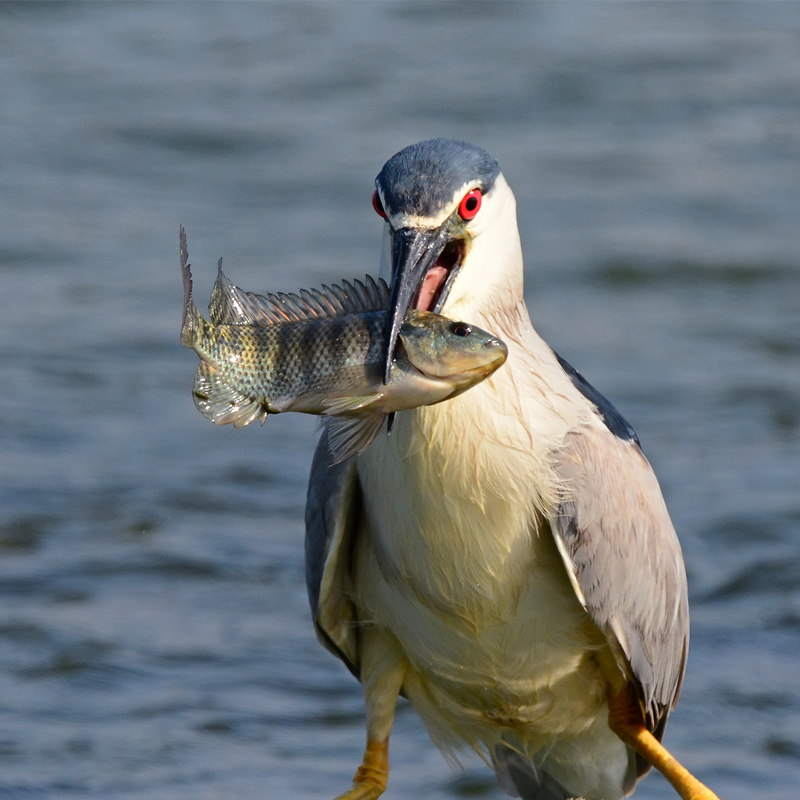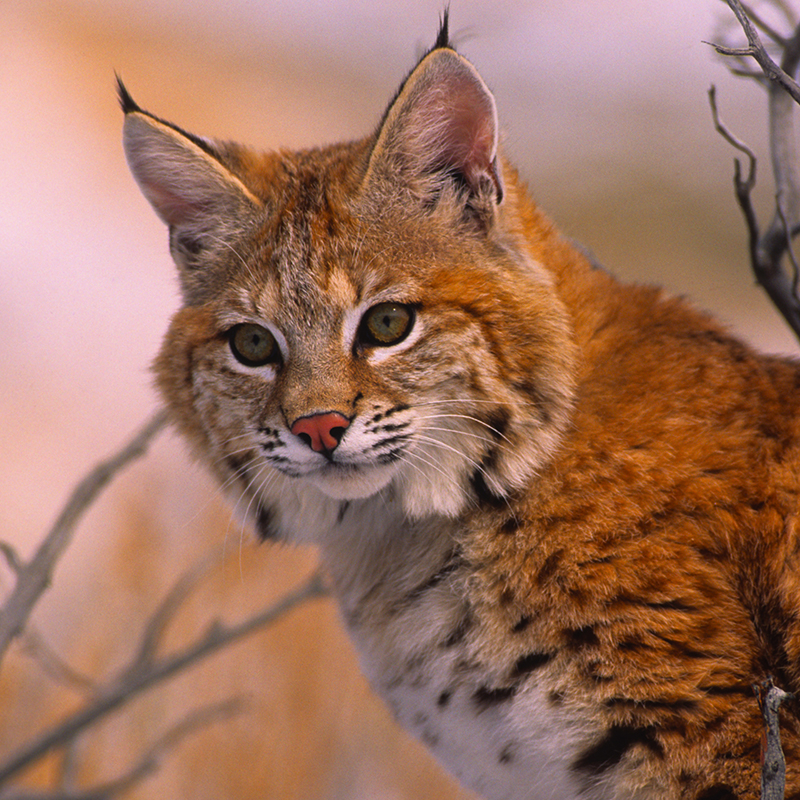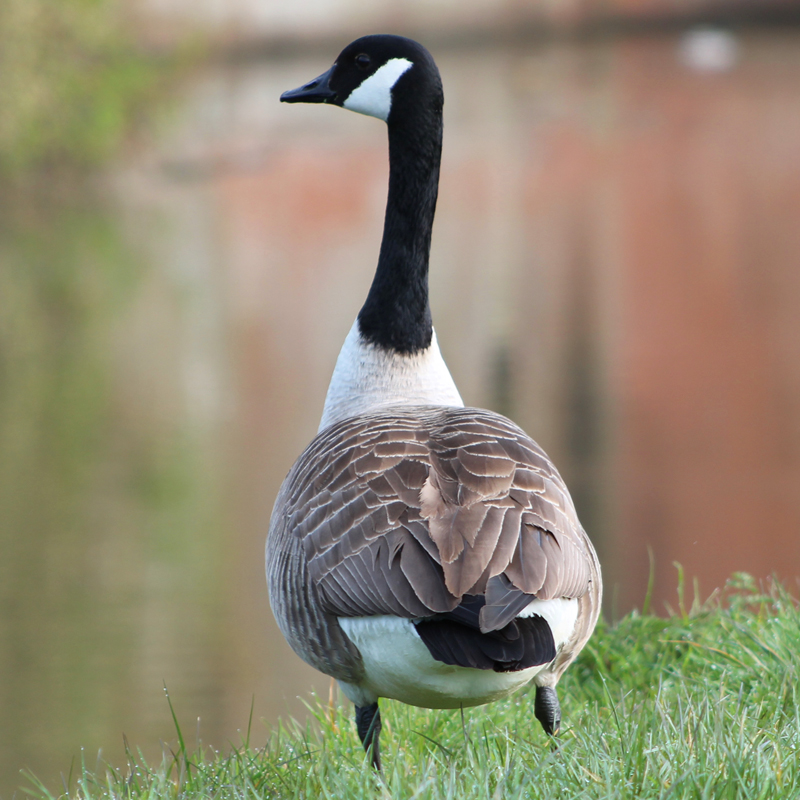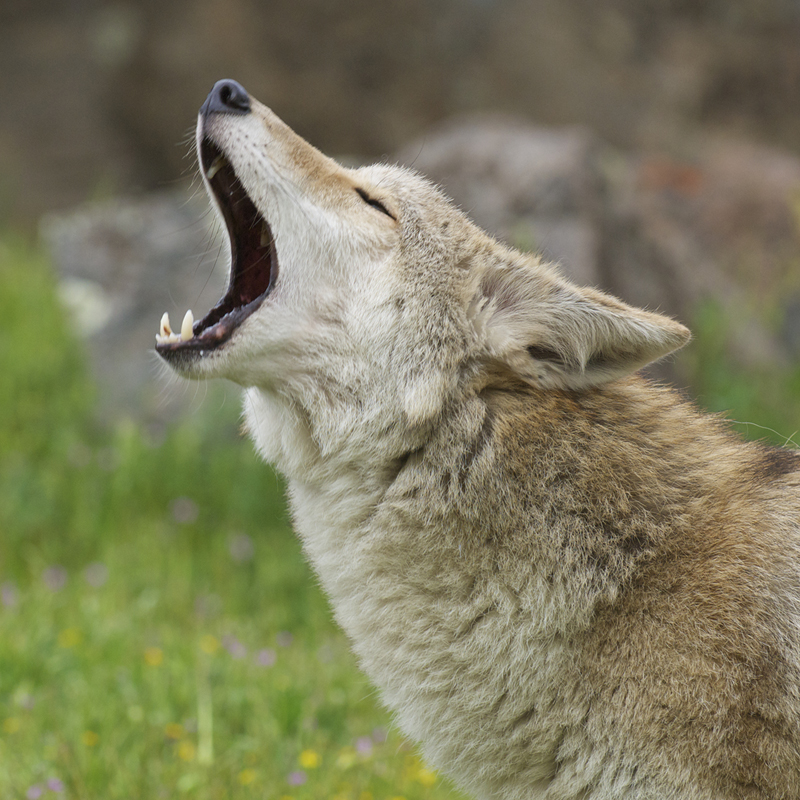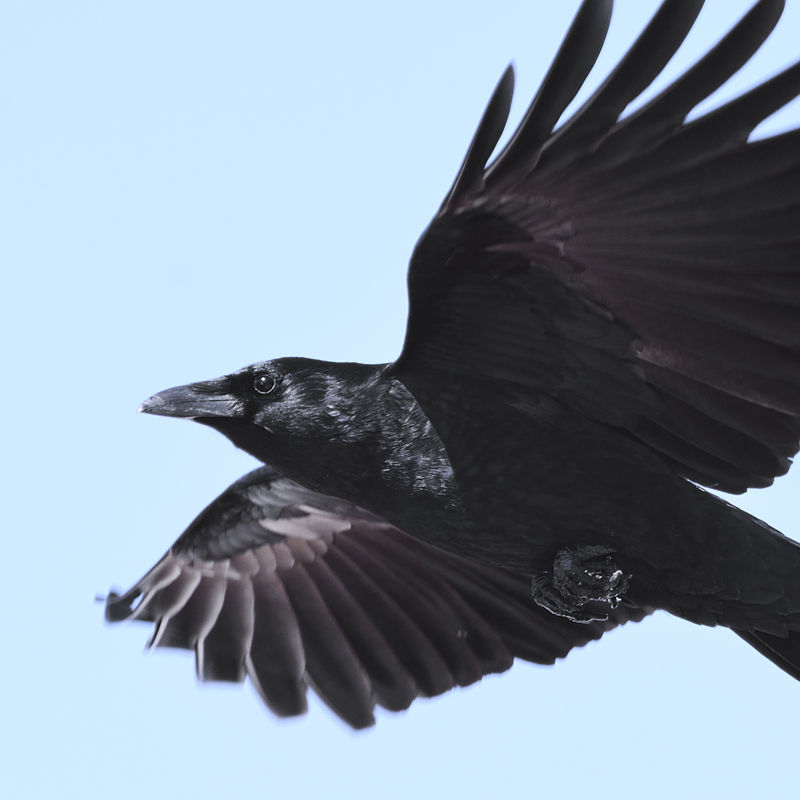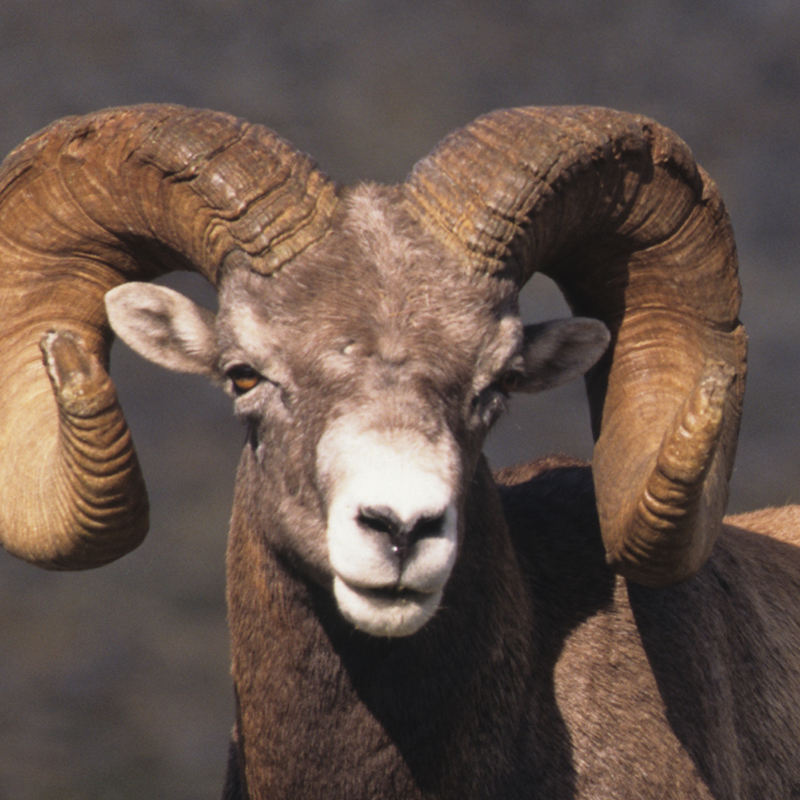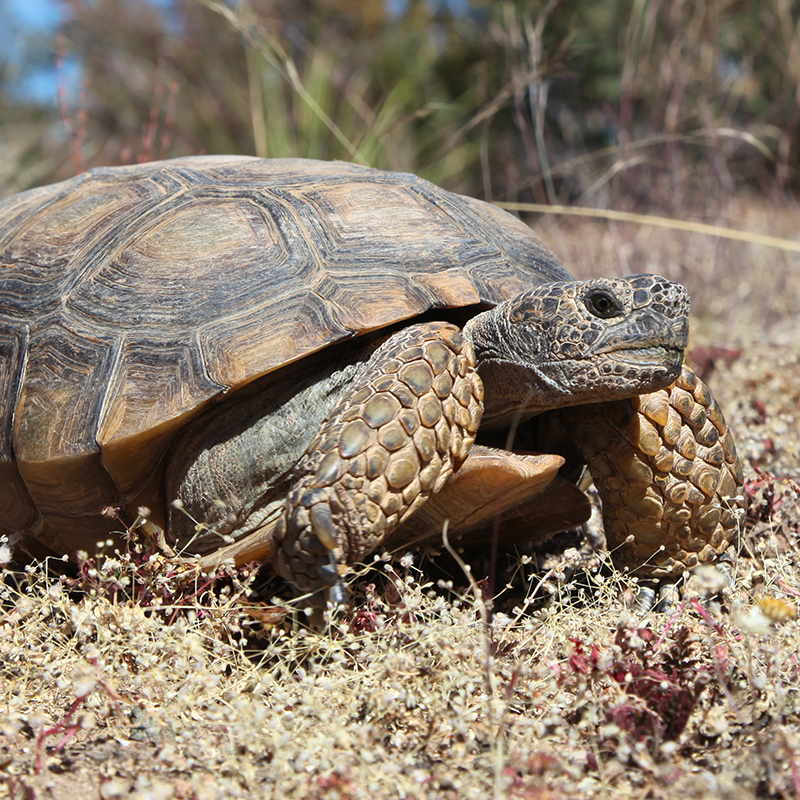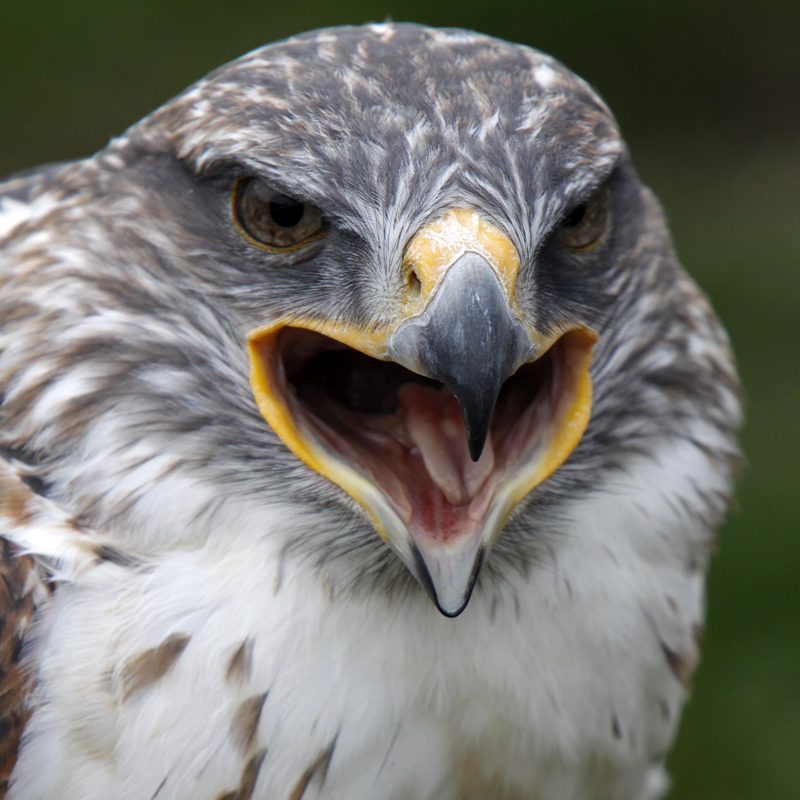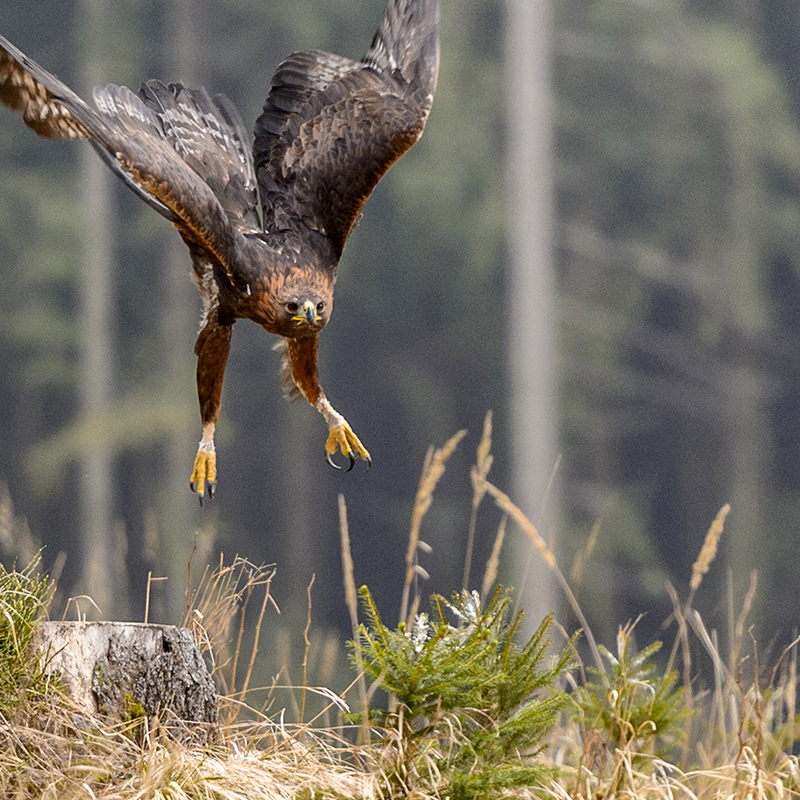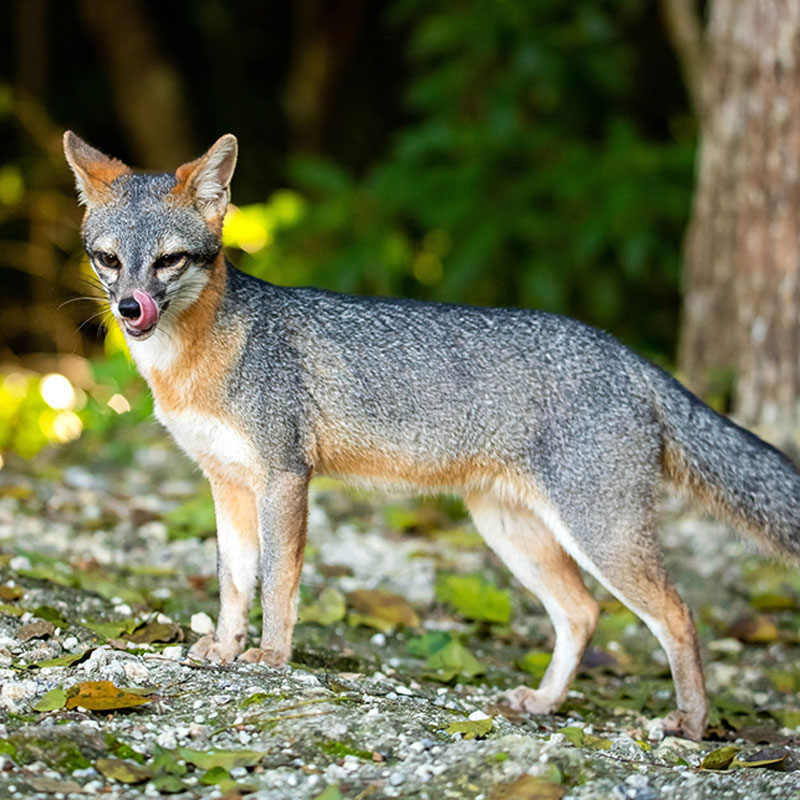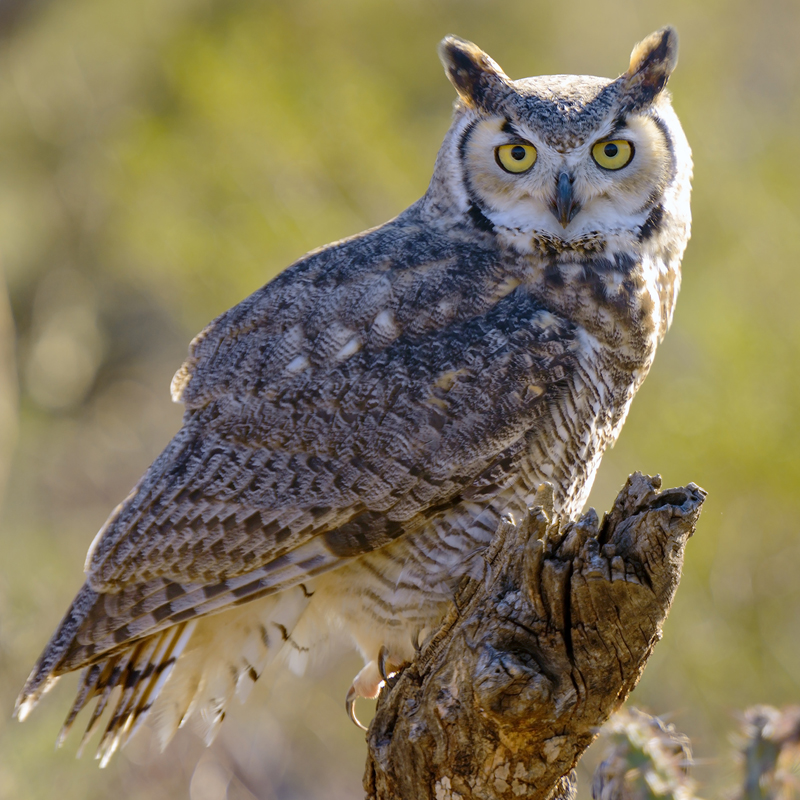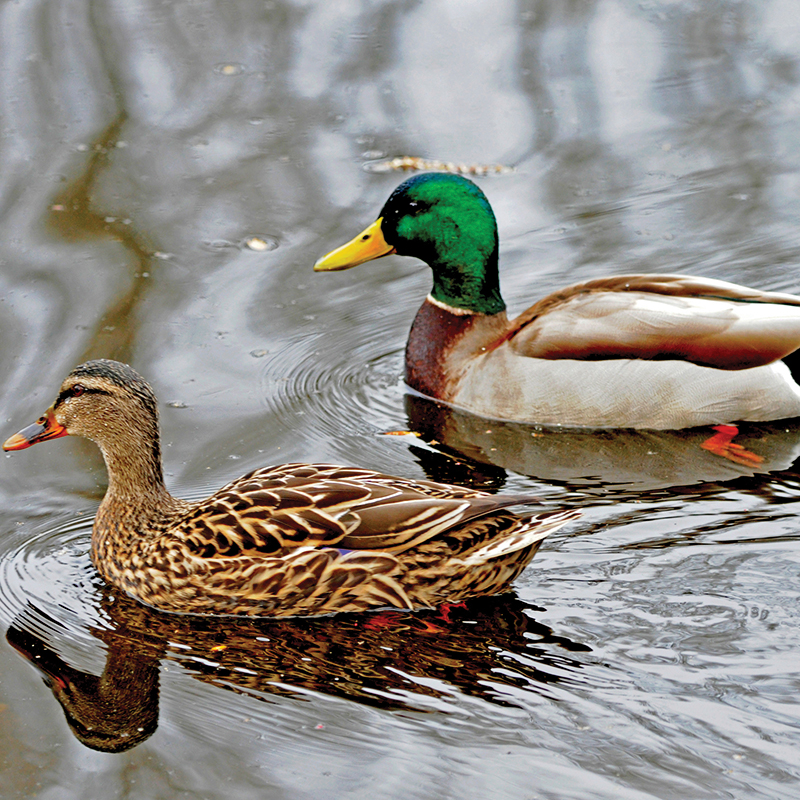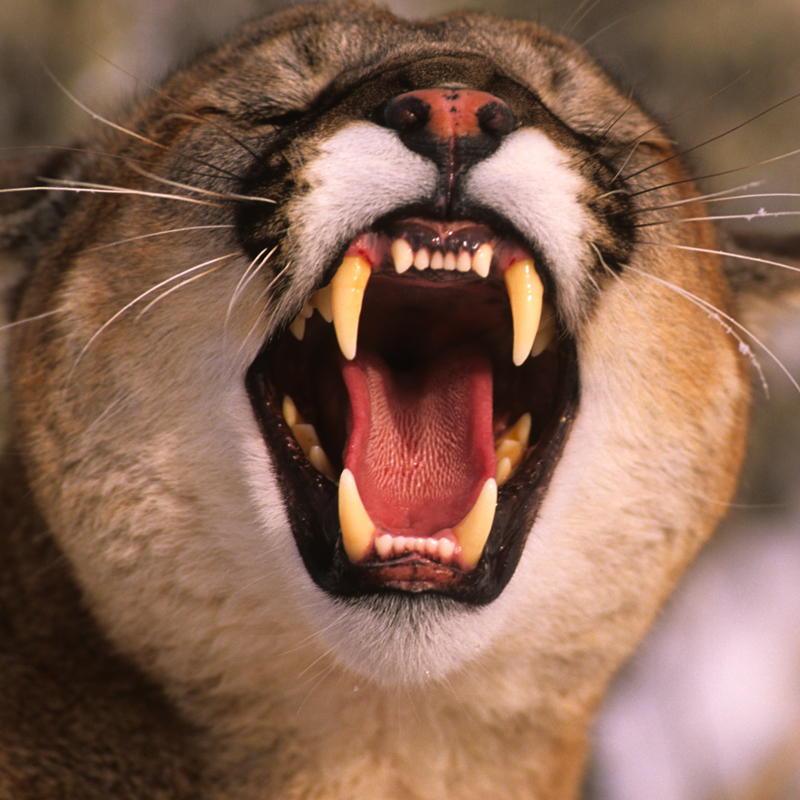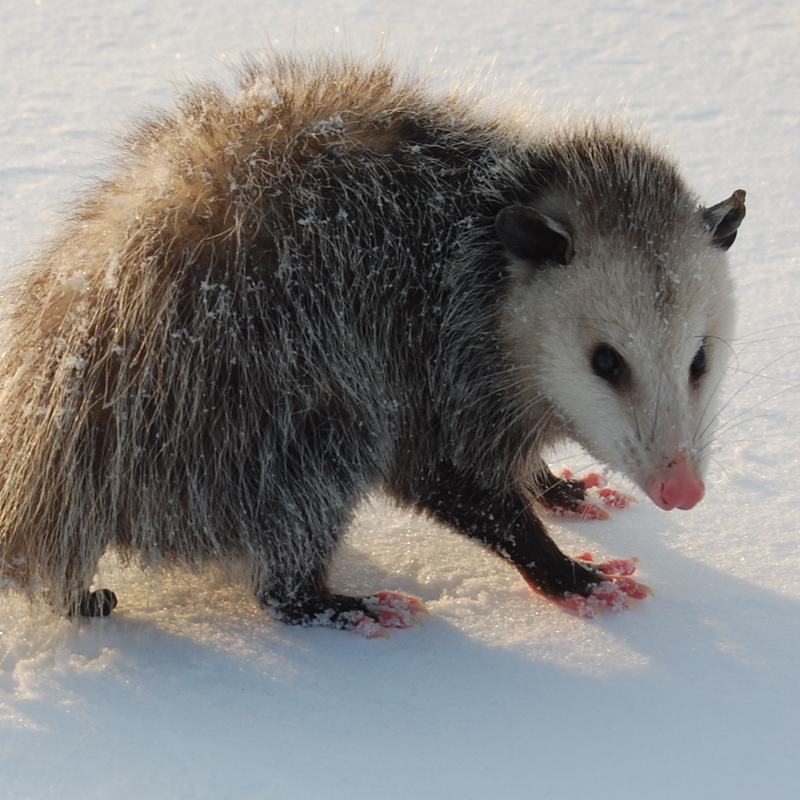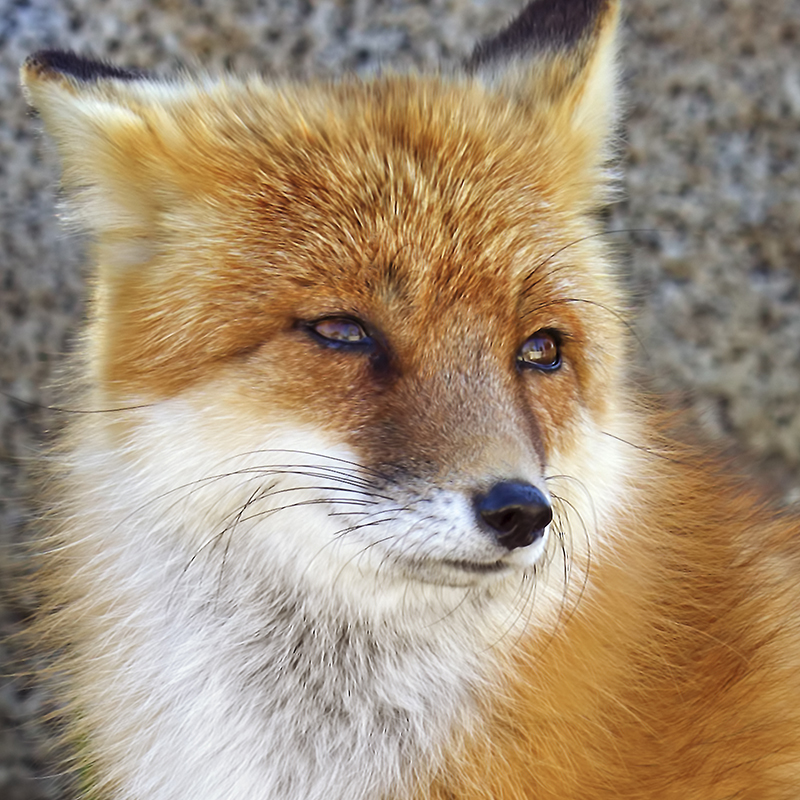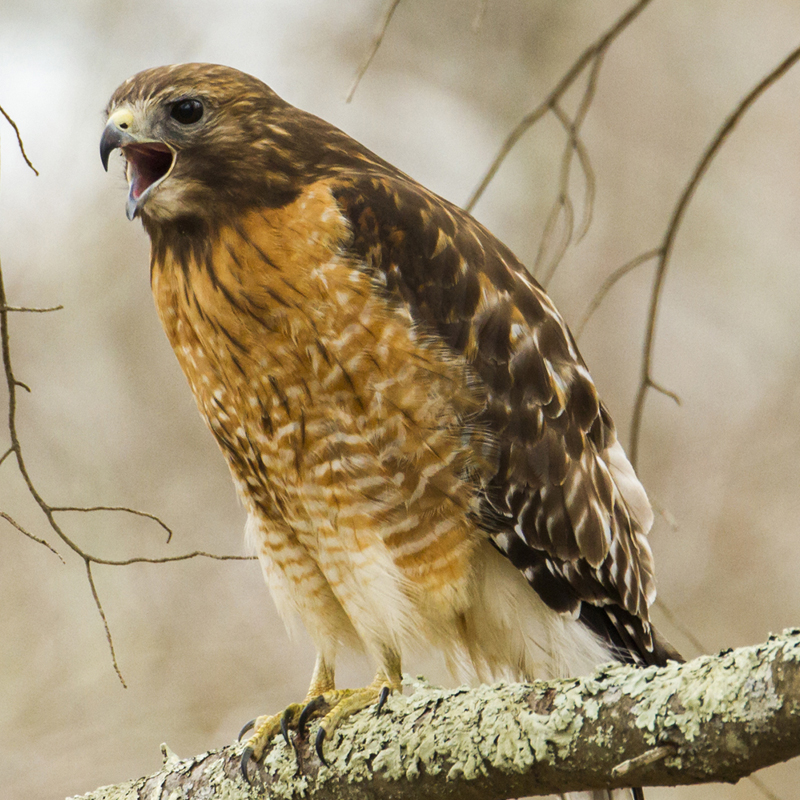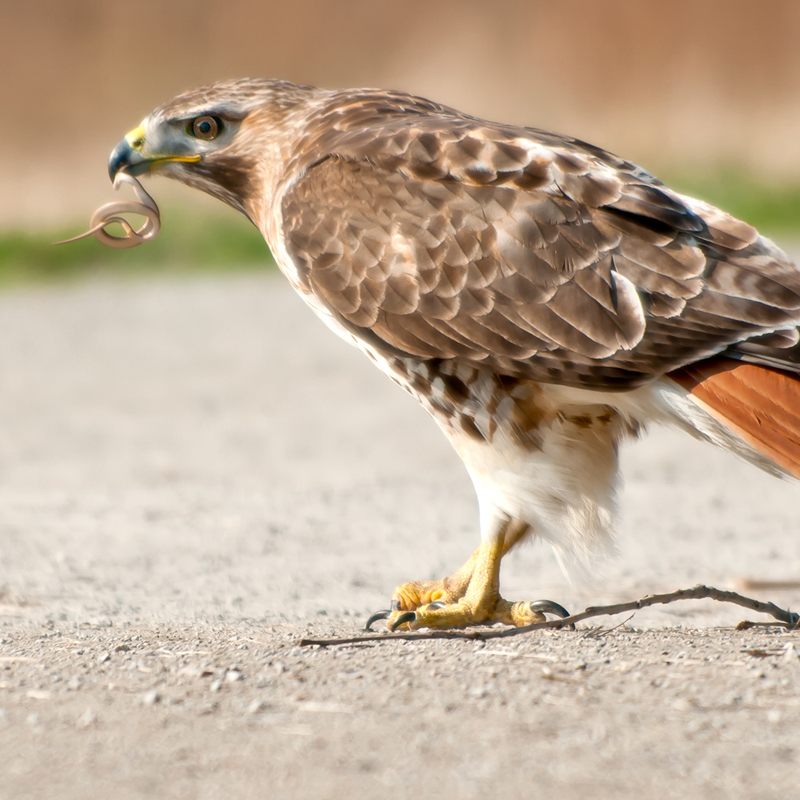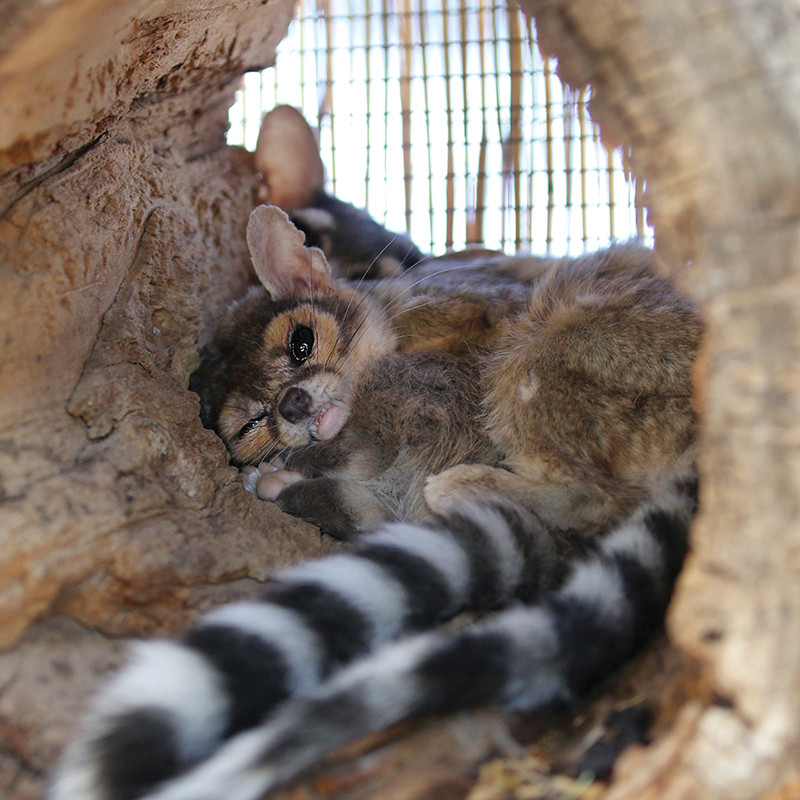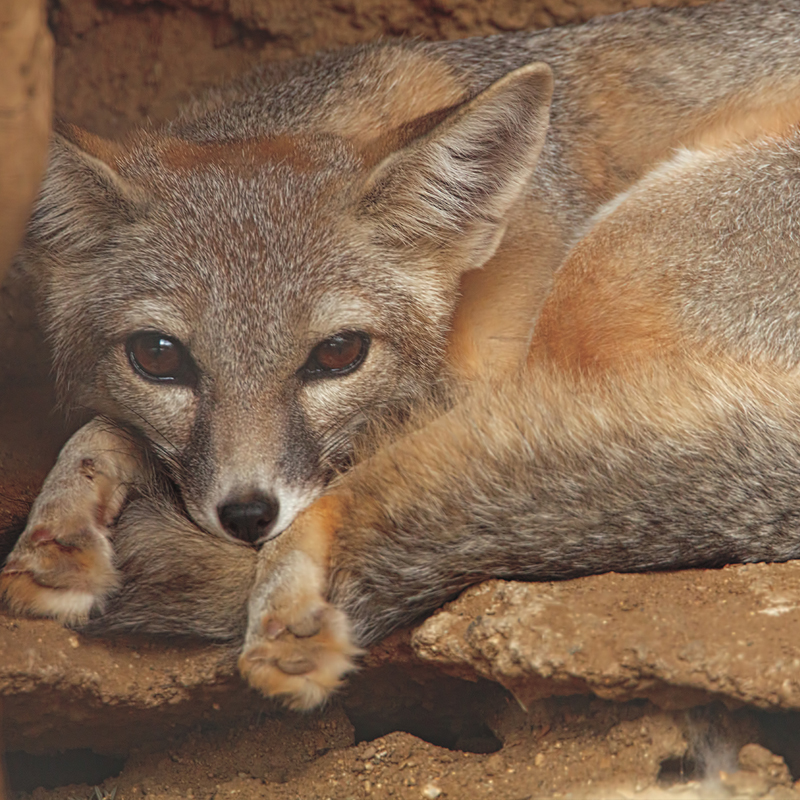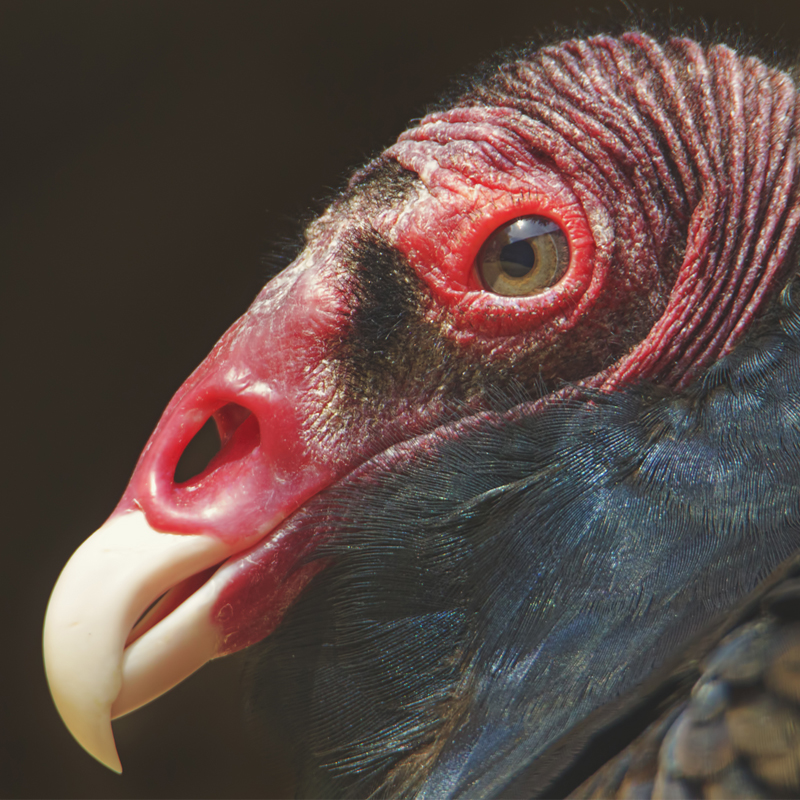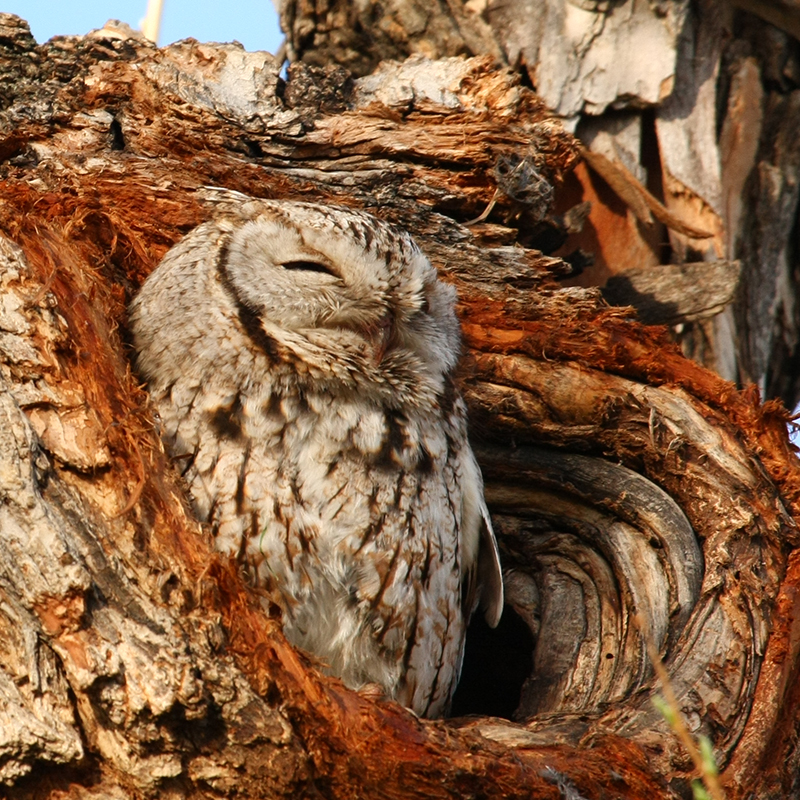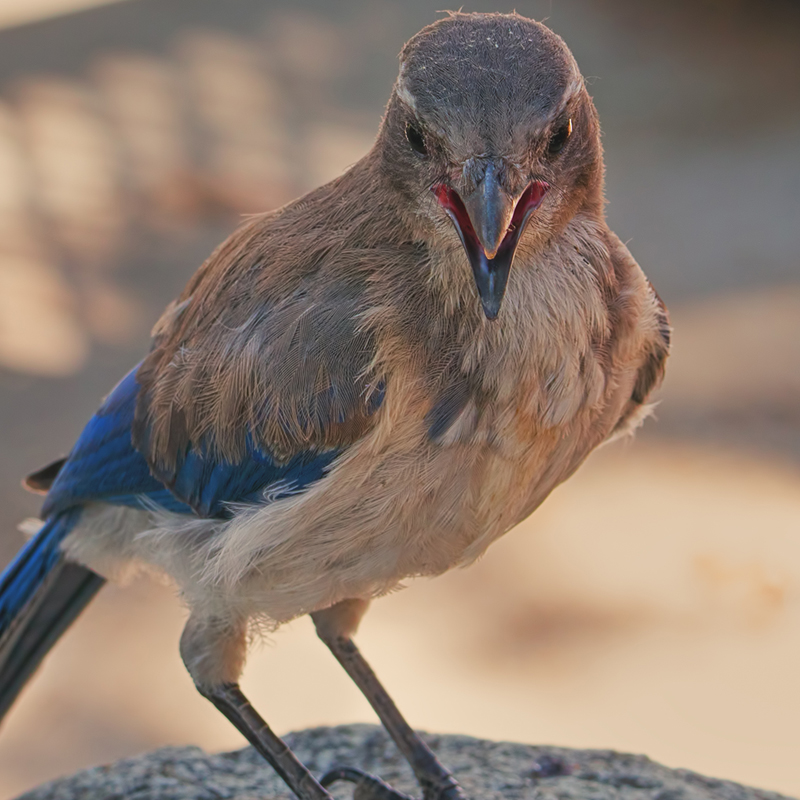
Nycticorax means “night croaker”, which this heron likes to do at dusk. They have a stocky body with short yellow legs and red eyes, black crown and back, gray wings and a white belly. Until they reach adult plumage around 3 years of age, immature night herons have a gray-brown head, chest and belly streaked with white, yellow eyes and gray legs.
Black- crowned night herons are experts at fishing; stand motionless in shallow water, then with a quick burst of speed they thrust their bill into the water to catch small fish, their main food. Good swimmers, they know to eat algae and other plants, but are most likely to eat shad, herring, suckers, minnows, toads, crayfish, mice, and dragonflies.
Females lay 3-5 eggs in a nest of sticks and twigs in reeds and thickets. Both parents incubate the eggs and feed regurgitated food to the chicks. They nest in colonies and often with other birds like ibises and other herons. The chicks will fledge in 42 to 49 days.

